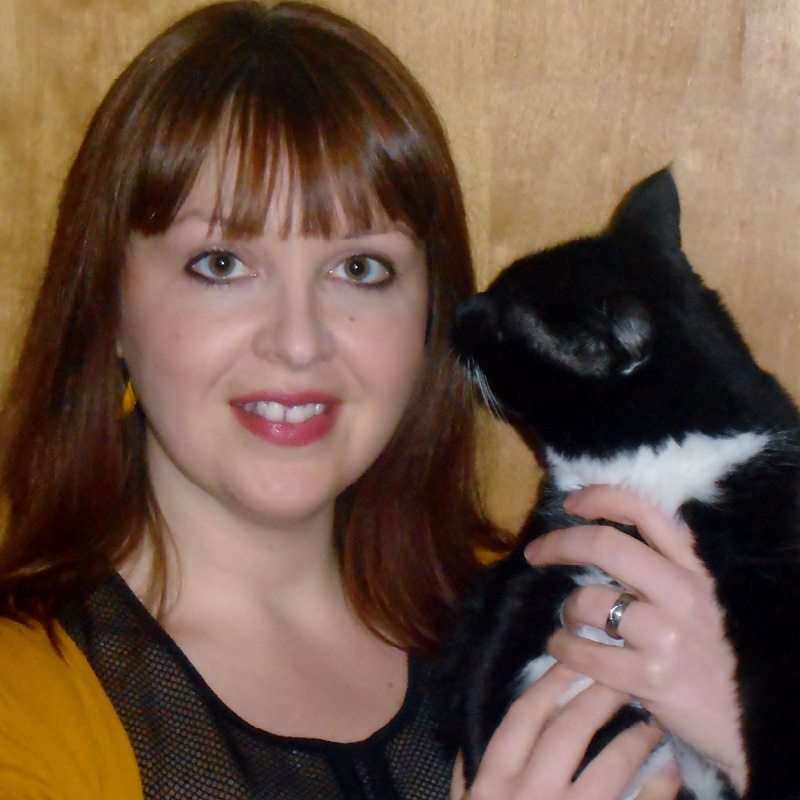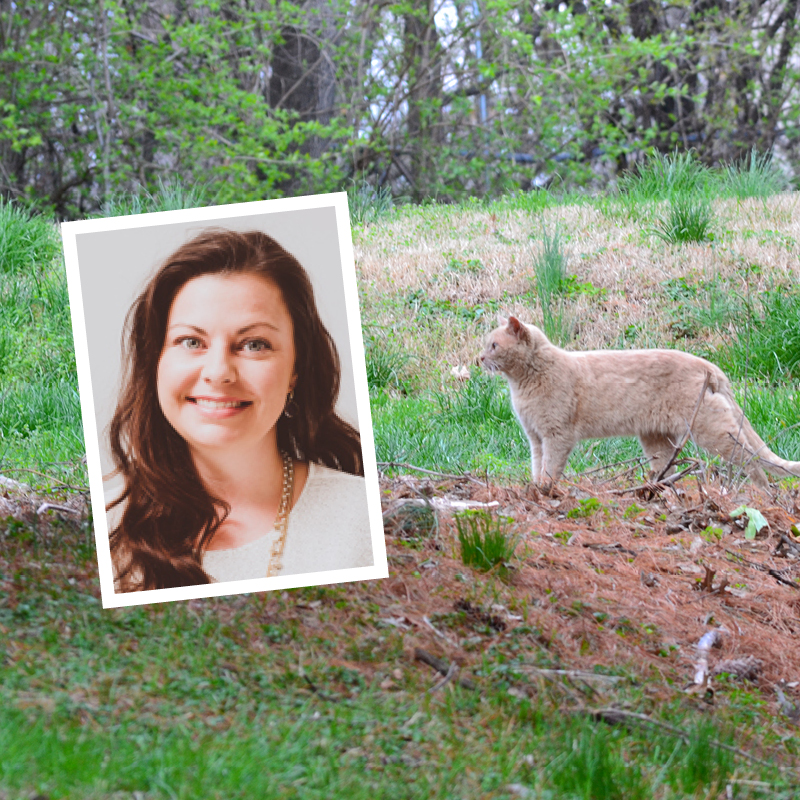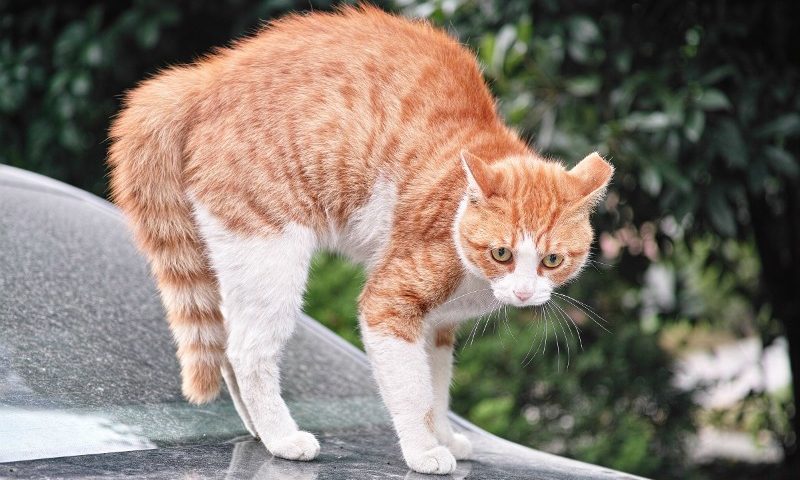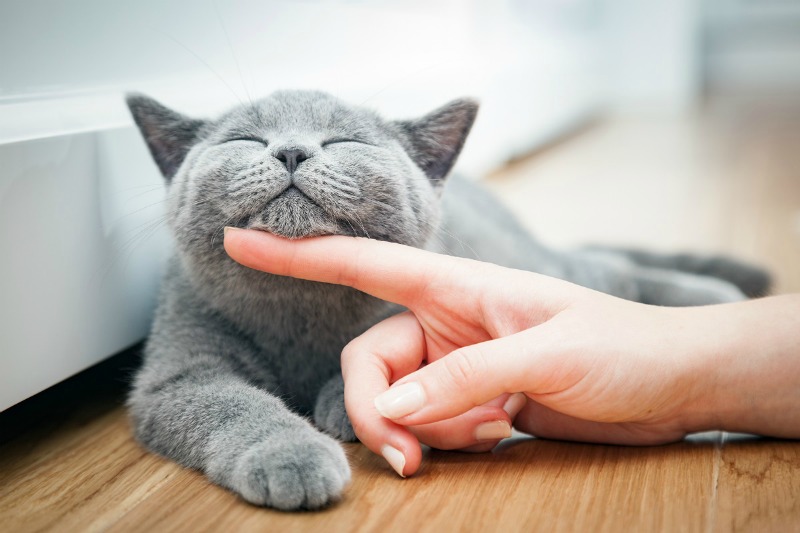
Interview! Katie Lisnik, Director of Cat Policy and Protection, Humane Society of the United States
June 24, 2017
Interview! Erin Berry, Executive of Marketing and Communication, BoardSource
June 27, 2017
Are you anxious to know what your cat wants to tell you? If it talks to you, would you be able to understand it? Learn How To Understand The Body Language Of Your Cat! Of course, you won’t know everything. But, you can definitely know about its mood from its body language. It was difficult for me first and it would be even for you, but once you start understanding it, you would be easily able to understand if your feline friend is anxious, irritated or happy. They generally communicate through their ear, tail and eyes.
When I started knowing my little one’s mood; we experienced a lovely connection of another level. It has been a wonderful, progressive journey between the two of us once I starting understand what my kitty wanted to tell me. I have prepared a list of actions that you could observe in your cat and know what it wants to tell you.
What are the Signs of Happy Cats?
The position of its tail, ears, and posture can easily tell if your cat is in a playful and friendly mood. Know the signs of a happy cat just the way I do for mine:
1. Check your cat’s ears (I know it when my feline’s ears were pointing forward)
It usually means that your cat is in a good mood and it will be more expressive than before. Whenever, I would talk to my cat, it raises its ear to show that it was keen to know what I wanted to say and would get interactive.
2. Look at its tail (Erect tail is a positive sign!)
Tails are the easiest way to know about its mood. My cat used to have an erected tail when it would be in a friendly mood and it would get curved with time; at last, the tails would point towards its forehead.
If you hear its meowing at the time when it has an erected tail, be happy! It wants to play with you and wants to have an interesting interaction.
- Curved tails are good indicators but you should be careful. Sometimes, it may mean something else.
- If your cat is standing on tip of its toes and at the same time has a curved tail, it means that it is frightened.
- Even if it is sleeping, its tail should be erected, curved and be visible.
- If it has wrapped herself with its curved tail, it means that it is anxious and scared.
3. Posture Check
If it stands up and starts walking round the house, then check whether its head is down or is raised. If its head is raised high that means it is in a friendly mood and wants to play with you. But if it is walking with its head down, then your feline isn’t feeling too well and is getting negative vibes.
- Another interesting thing, my cat used to roll around its belly to tell me that it wants to play with me.

How do I know if my Cat is Frightened or Nervous?
1. Check if its ears are pressed sideways or towards the back.
My cat used to point its ears downwards when it would be frightened or nervous. Also, he would come by my side and would always want me to be with him. Does your cat do the same? If you haven’t noticed till date, try it now!
If its ears are pointing exactly backwards, it is threatened by something for sure. At such times, it is wise to leave it alone because it may even get furious.
2. Look into its eyes.
If its pupils are dilated, it is fearful or anxious and would soon start jumping around. Give your cat some time to calm down and at such times believe me, my cat wanted me to stay away from him.
3. See how has it tucked its tail?
Generally, cats tend to keep their tail closer to their body and it is clearly sign that they are scared or are fearful. If it tucks its tail between its two legs, you should be careful with him. Keep silent and take care of it because it needs you the most right now.
4. Scan its movements.
If your cat is sulking around, then it would want to be left alone; it might be in great fear of something. To get alone, it would hide somewhere or would sit anywhere, starring the wall, to show that it wants to be left alone.
How would you know and what would you do when it gets aggressive, angry and anxious?
- What happens to you when you are frightened? You get Goosebumps, right? Similarly, when cats are in anger or get aggressive, they get Goosebumps too. Their hair is raised. Look at your cat’s fur and you will know whether it just had a fight outside with other cat or not. This is the signal for you, stay away from it for a while.
- If it is in an aggressive mood, it would even raise its tail. Such behavior tells that your cat is surrounded with negativity and isn’t feeling good. Well, it was a little complicated with my cat. If I had to judge his mood from its raised tail, it would give me mixed emotion, so I would check for other signals that would clearly state that it was angry.
- Other checks to see if cats are aggressive or not is position of their ears. If it would not show its teeth with meowing, I would get confused whether it is angry or not? So, it started to keep its ears lower and flat, to make me understand that it isn’t in a good mood and is very angry. Of course, it loves me. How can it show its teeth to me? This is the reason why it started showing such signs.
- Its eyes can tell a lot. There are two sorts of aggressions, defensive and offensive. If it gets offended, its pupils would get constricted while its pupils would get dilated if it would be defensive.
- Check other vital indicators too for surety. Because, if pupils are constricted, it might even suggest that it is chilling.
- If it stares at you without even blinking, stop whatever you are doing because it is very angry and if it looks at you and blinks continuously, it is happy and wants to play with you.
How can you know, if it is ill or not?
You know what? I had lost my first cat to illness. I couldn’t figure out its gestures to tell me that it was sick. But when I found my little Bunks, I went too cautious and finally I could understand that my cat yowls after eating if it is sick. Generally, they yowl or meow continuously, if they are hungry. But if that is persistent even after eating that means they are sick and it’s time for them to see their doctor.
Having a cat or a buddy is a wonderful feeling. You might be naïve at first but soon you start to understand its body language, it will be your friend and have fun with you. If you still have problem understanding your cat, you can always leave a comment below, and I will get back to you as soon as possible. I would love to suggest my readers to share their experiences with their cat, so that others can learn from your past. Don’t forget to leave your valuable review below before you go. Good luck mate!
~~~~~~~~~~~~~~~~~~~~~~~~~~~~~~~~~~~~~~~~~
Thank you to Linda Butts for this great guest post! She is the Creator of pawsometalk.com!




